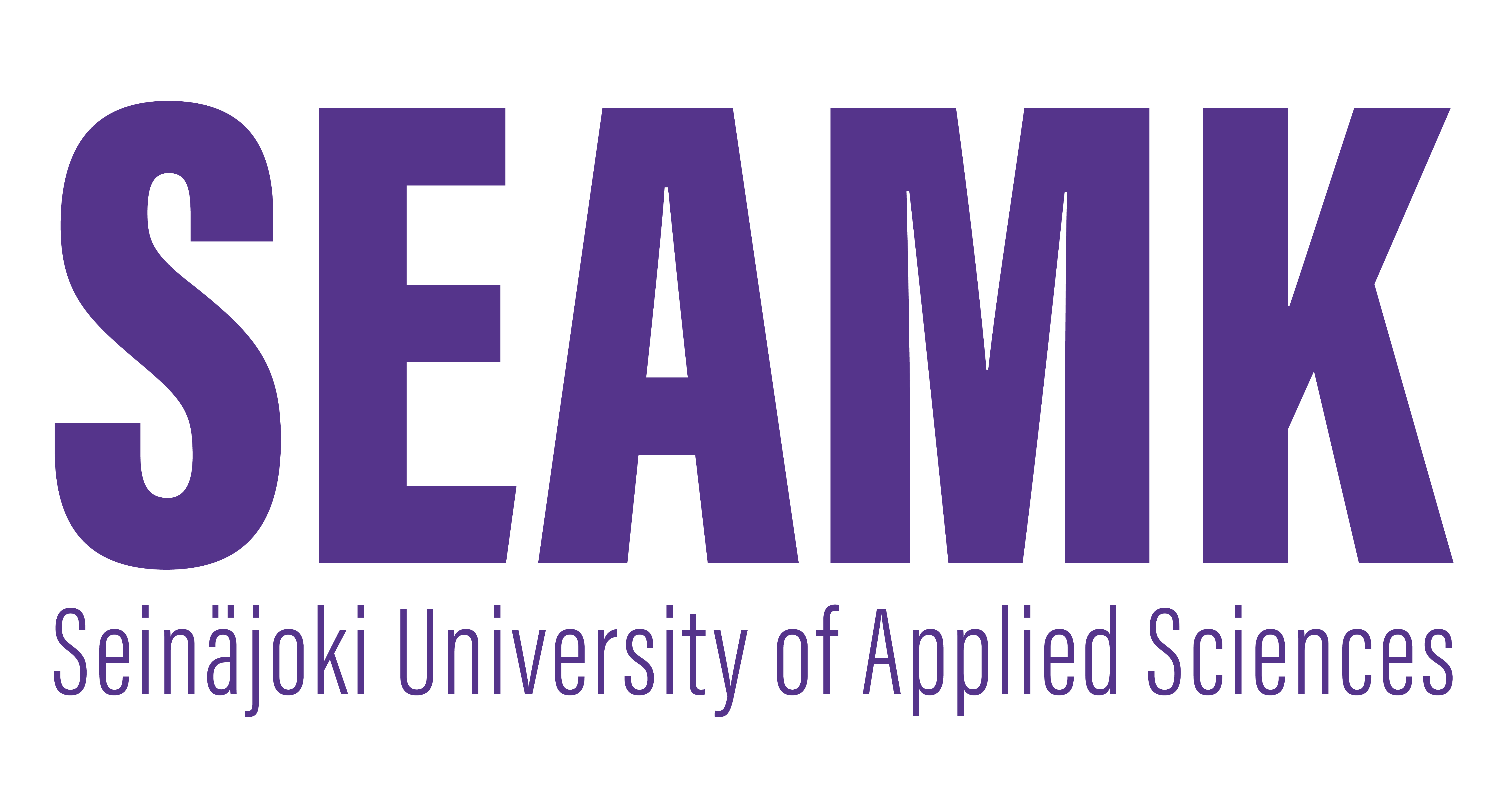Assessing and Supporting Aging People's Ability to Function (6cr)
Code: BB00CA41-3002
General information
- Enrollment
- 16.02.2022 - 07.09.2022
- Registration for the implementation has ended.
- Timing
- 29.08.2022 - 21.10.2022
- Implementation has ended.
- Number of ECTS credits allocated
- 6 cr
- Local portion
- 6 cr
- Mode of delivery
- Contact learning
- Unit
- SeAMK Physiotherapy
- Campus
- SeAMK Seinäjoki, Kampustalo
- Teaching languages
- Finnish
- Degree programmes
- Bachelor of Health Care, Physiotherapy
- Teachers
- Pirkko Mäntykivi
- Jutta Potila
- Marjut Koskela
- Tarja Svahn
- Course
- BB00CA41
Evaluation scale
1-5
Objective
The students will learn to:
- name age-related physical, mental and social changes
- define factors related to aging client's life situation that promote health and prevent illness
- understand how exercise affects the aging person's organism and explain the most important aspects in physical exercise instruction
-recognize how pain affects the aging person's ability to function
- apply a variety of examination methods to assess aging people's functional capacity and independent coping
- use the ICF classification and the TOIMIA database to describe aging people's functional capacity and limitations
- advise againg clients on the choice, availability and use of the equipment and aids that support their function
- apply a qualitative research approach to an interview assignment
give exampes of technological solutions that support aging people's activities of daily living
Content
- Physical, mental and social changes in the function of aging clients
- Health promotion and aging
- Improving aging clients' motor skills using all sensory channels
-The ICF classification system and the TOIMIA database
- Assessment methods for aging clients' functional capacity and independent coping
- Physiotherapy in the alleviation of pain and promotion of function
- The process related to assistive equipment
- Robotics, welfare technology and digitalization
- Qualitative research
Materials
Carr, J. & Shepherd, R. 1989. Toispuolihalvauspotilaan liikkeiden uudelleen oppiminen. Valtionpainatuskeskus.
Heikkinen E., Rantanen T. (toim.) 2021 Gerontologia., Kustannus oy Duodecim
Iäkkäiden kaatumisen ehkäisy. Opas / Terveyden ja hyvinvoinnin laitos (THL) : 16 https://urn.fi/URN:NBN:fi-fe201205085108
Kulmala Jenni ( toim.) 2019 ; Hyvä vanhuus, PK-kustannus
Romberg, Andreas 2005: MS ja liikunta. Edita
Sarvimäki, A. & Heimonen, S. & Mäki-Petäjä-Leinonen, A. 2010 Vanhuus ja haavoittuvuus. Helsinki: Edita.
Soinila, S. et al. (toim.) 2015. Neurologia. Duodecim.
Tikkanen Päivi, 2015 Väitöskirja : Physical functioning among community-dwelling older people,
Itä-Suomen yliopisto, Terveystieteiden tiedekunta
oppaita 2003:4.
Sosiaali? ja terveysministeriö, Suomen Kuntaliitto Yksilölliset palvelut, toimivat asunnot ja esteetön ympäristö ?vammaisten ihmisten asumispalveluiden laatusuositus.
Arkea helpottavat apuvälineet. Opas ikäihmisille. Sosiaali- ja terveysministeriön oppaita 2005:25.
oppaita 2003:4.
Sosiaali? ja terveysministeriö, Suomen Kuntaliitto
www.aivoliitto.fi
www.lihastautiliitto.fi
www.ms-liitto.fi
www.parkinson.fi
www.selkaydinvamma.fi
www.ukkinstituutti.fi ( mm.yli 65-vuotiaiden liikuntasuositukset)
www.thl.fi ( mm.IKINÄ-malli)
Assessment criteria, satisfactory (1)
Students are able to:
-name some age-related physical, mental and social changes
-name some factors related to aging client's life situation that promote their health and prevent illness
-list few effects that aging people's disorders and diseases have on their ability to function
-under supervision, use the ICF classification and various instruments to measure functional capacity, and to some extent guide aging clients to improve their function
-with support, implement the process related to assistive equipment
- name some applications of wellness technology for the elderly
Assessment criteria, good (3)
Students are able to:
-assess age-related physical, mental and social changes
-explain factors related to aging client's life situation that promote their health and prevent illness
-interpret the effects that aging people's disorders and diseases have on their ability to function
-appropriately use the ICF classification and some instruments to measure functional capacity, and guide aging clients to improve their function
-to some extent, implement the process related to assistive equipment
- name and use applications of wellness technology for the elderly
Assessment criteria, excellent (5)
Students are able to:
-extensively assess age-related physical, mental and social changes
-analyse factors related to aging client's life situation that promote their health and prevent illness
-draw conclusions on the effects that aging people's disorders and diseases have on their ability to function
-comprehensively use and explain their use of the ICF classification and various instruments to measure functional capacity, and guide aging clients to improve their function
- implement the process related to assistive equipment
- can take advantage of the applications of wellness technology for the elderly
